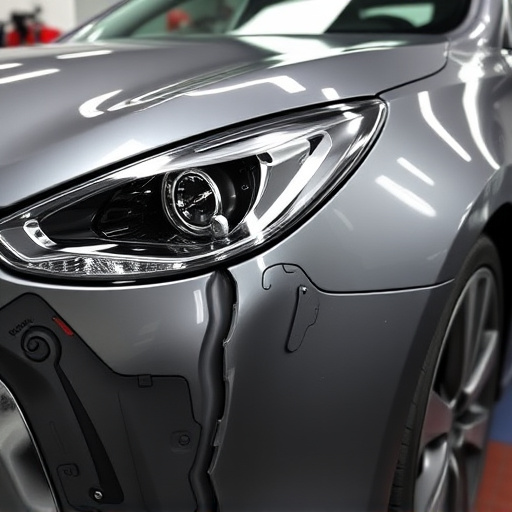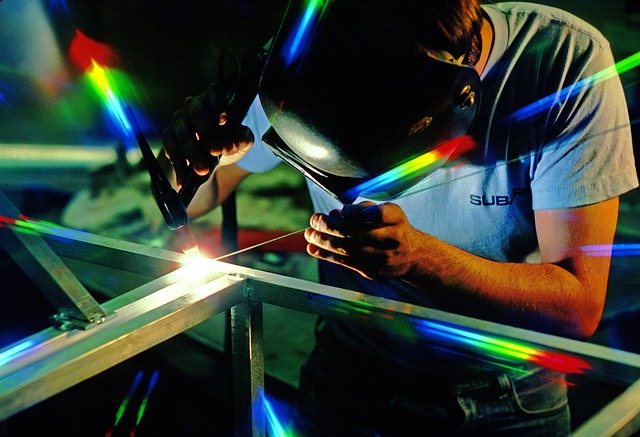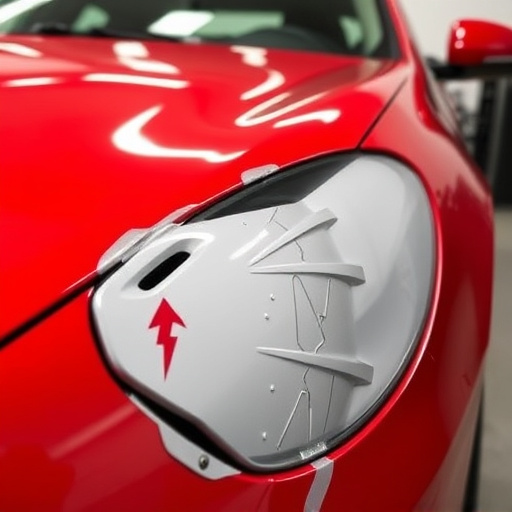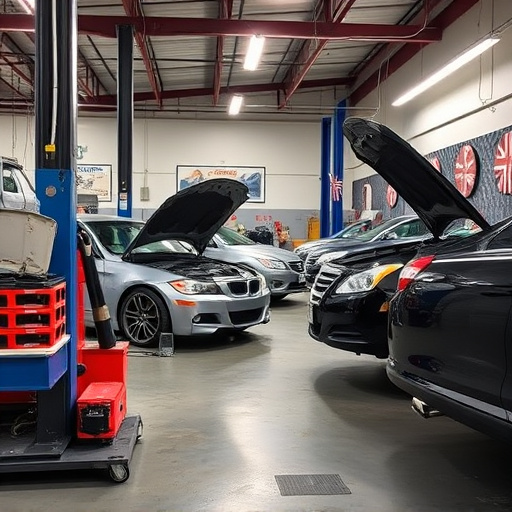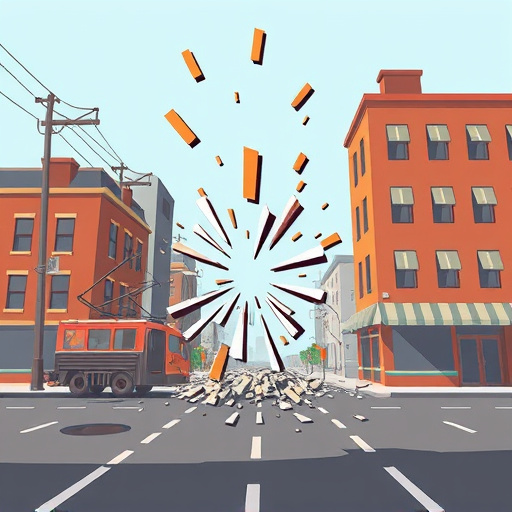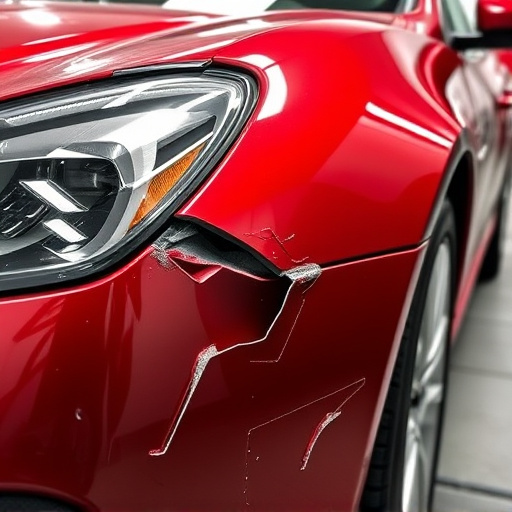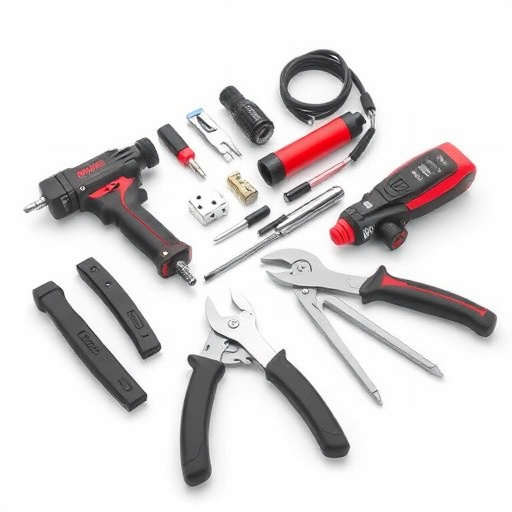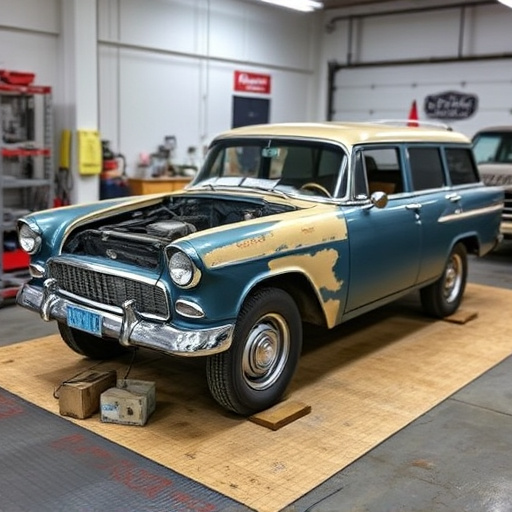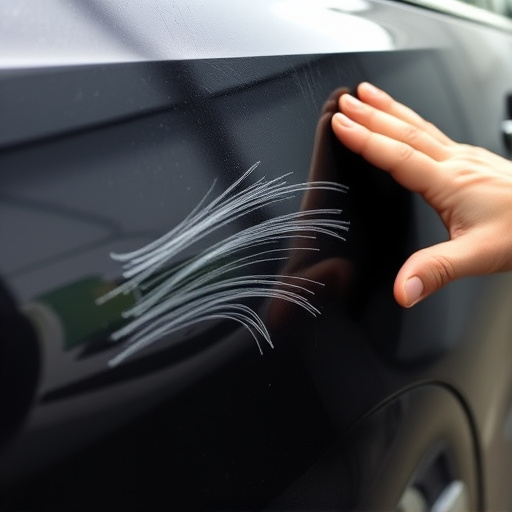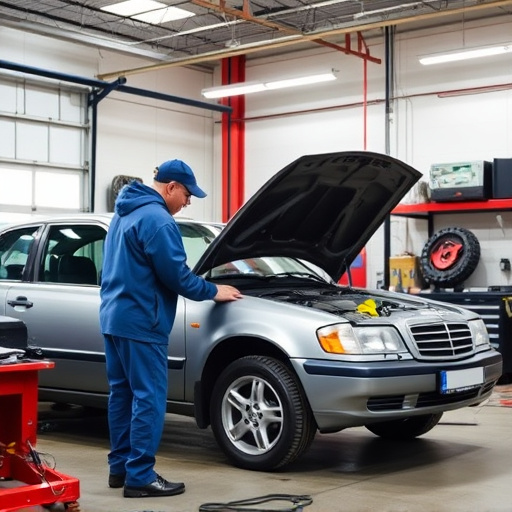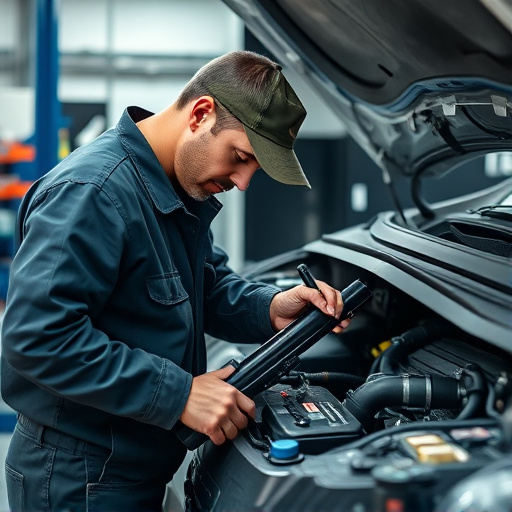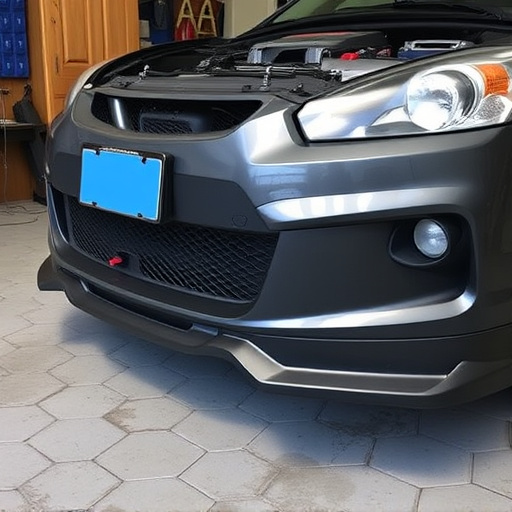Radiator replacement accidents, often overlooked, drive up automotive repair costs due to complex nature of modern systems. Early detection through inspections and well-stocked parts inventory mitigate issues, streamline repairs, minimize costs, and ensure efficient vehicle return to road. Strategic cost management for owners and shops includes thorough inspections, priority repairs, efficient inventory management, and competitive pricing on replacement parts to prevent additional damage.
Radiator replacement accidents can significantly impact repair costs, posing a challenge for fleet managers and automotive service providers. This article delves into understanding these rare but costly incidents, their causes, and the financial repercussions on workshop operations. We explore how to assess the damage, manage expenses, and implement strategic cost-saving measures post-accident. By learning from these events, businesses can optimize repair processes, enhance efficiency, and minimize financial losses associated with radiator replacement accidents.
- Understanding Radiator Replacement Accidents
- Assessing the Financial Impact on Repair Costs
- Strategies for Effective Cost Management Post-Accident
Understanding Radiator Replacement Accidents
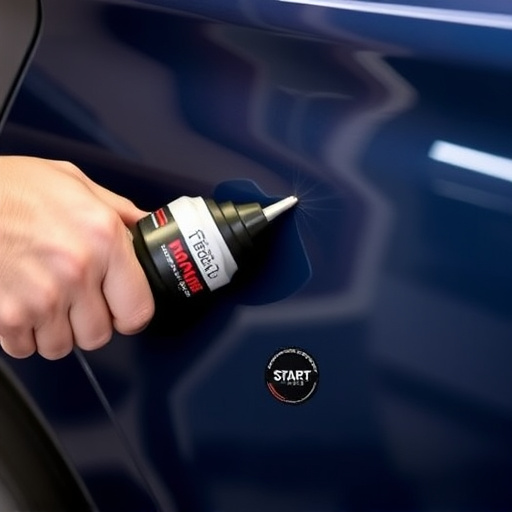
Radiator replacement accidents are a common yet often overlooked aspect of automotive repairs that can significantly impact cost management. These incidents typically arise from various factors such as manufacturing defects, poor installation practices, or exposure to extreme environmental conditions. When a radiator fails, it can lead to costly damages not just to the vehicle’s cooling system but also to other closely connected components like the engine block, hoses, and even the car paint services. The complexity of these accidents lies in their potential to cause secondary damage, necessitating comprehensive repairs that extend beyond simple replacement.
In many cases, a faulty radiator may result in leaks, overheating, and corrosion, all of which contribute to further complications. This can lead to the need for extensive automotive restoration, including car body restoration and, in severe instances, complete overhaul of related systems. Effective cost management during such times requires proactive strategies. Workshop managers should implement detailed inspection protocols to identify potential radiator issues early on, thereby minimizing the likelihood of major accidents. Additionally, maintaining a robust inventory of replacement parts can streamline repair processes and reduce overall expenses associated with unexpected breakdowns, ensuring that vehicles are back on the road efficiently while keeping repair costs under control.
Assessing the Financial Impact on Repair Costs
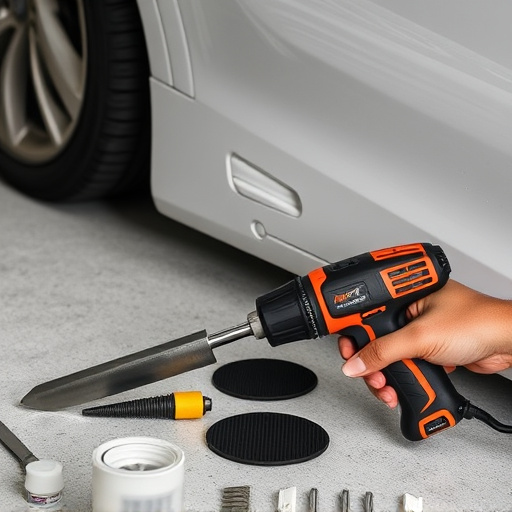
A radiator replacement accident can significantly impact a vehicle’s overall repair costs, especially considering the intricate nature of modern automotive systems. When a collision occurs and involves damage to the radiator, it often requires more than just a simple fix. This is because radiators are integral components in a car’s cooling system, and any compromise in their integrity could lead to severe engine damage. As such, beyond the immediate cost of replacing the radiator itself, there may be additional expenses for associated parts, labor, and diagnostics.
In a collision repair shop, the process involves meticulous vehicle restoration techniques to ensure the safety and performance of the automobile. Skilled technicians assess the extent of damage, which might include not only the radiator but also surrounding components like fenders, headers, and even the engine block. Each of these parts plays a crucial role in the overall health of the vehicle, so careful consideration is necessary when estimating repair costs. Moreover, minor cosmetic issues such as scratch repairs may also be required to restore the vehicle’s pre-accident appearance, adding another layer to the financial considerations for both owners and insurance providers.
Strategies for Effective Cost Management Post-Accident
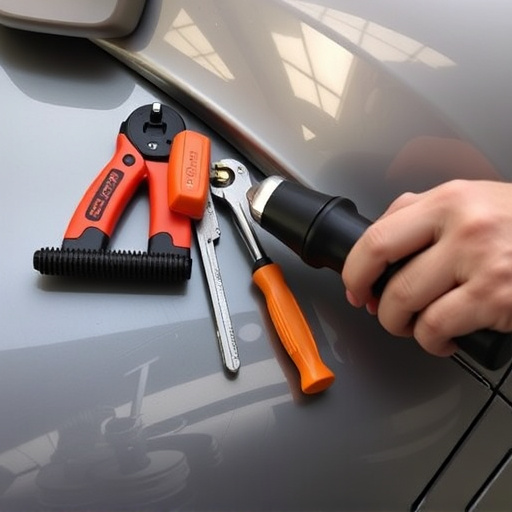
Post a radiator replacement accident, effective cost management becomes paramount for both vehicle owners and repair shops alike. The immediate focus should be on minimizing additional damage and preventing further complications that could escalate repair costs. One strategic approach is to conduct a thorough inspection of the affected components and surrounding areas to identify potential issues early on. This proactive measure can prevent minor problems from turning into costly repairs.
Additionally, prioritizing repairs based on urgency and severity is crucial. Some autobody repairs, like vehicle dent repair, might be less critical but still necessary for aesthetic restoration. In contrast, structural or safety-related automotive repair should take precedence to ensure the vehicle’s integrity and the safety of its occupants. Efficient inventory management and leveraging relationships with reliable suppliers can also help control costs by streamlining the procurement process and securing competitive pricing on replacement parts, thereby facilitating a smoother recovery from the accident.
Radiator replacement accidents can significantly impact repair cost management, highlighting the importance of proactive strategies. By understanding these incidents and their financial implications, auto repair businesses can implement effective cost control measures. Adopting efficient inventory management, comprehensive insurance coverage, and data-driven decision-making ensures that shops remain profitable and competitive in a dynamic market, while also minimizing the ripple effects of such accidents on overall operations.
